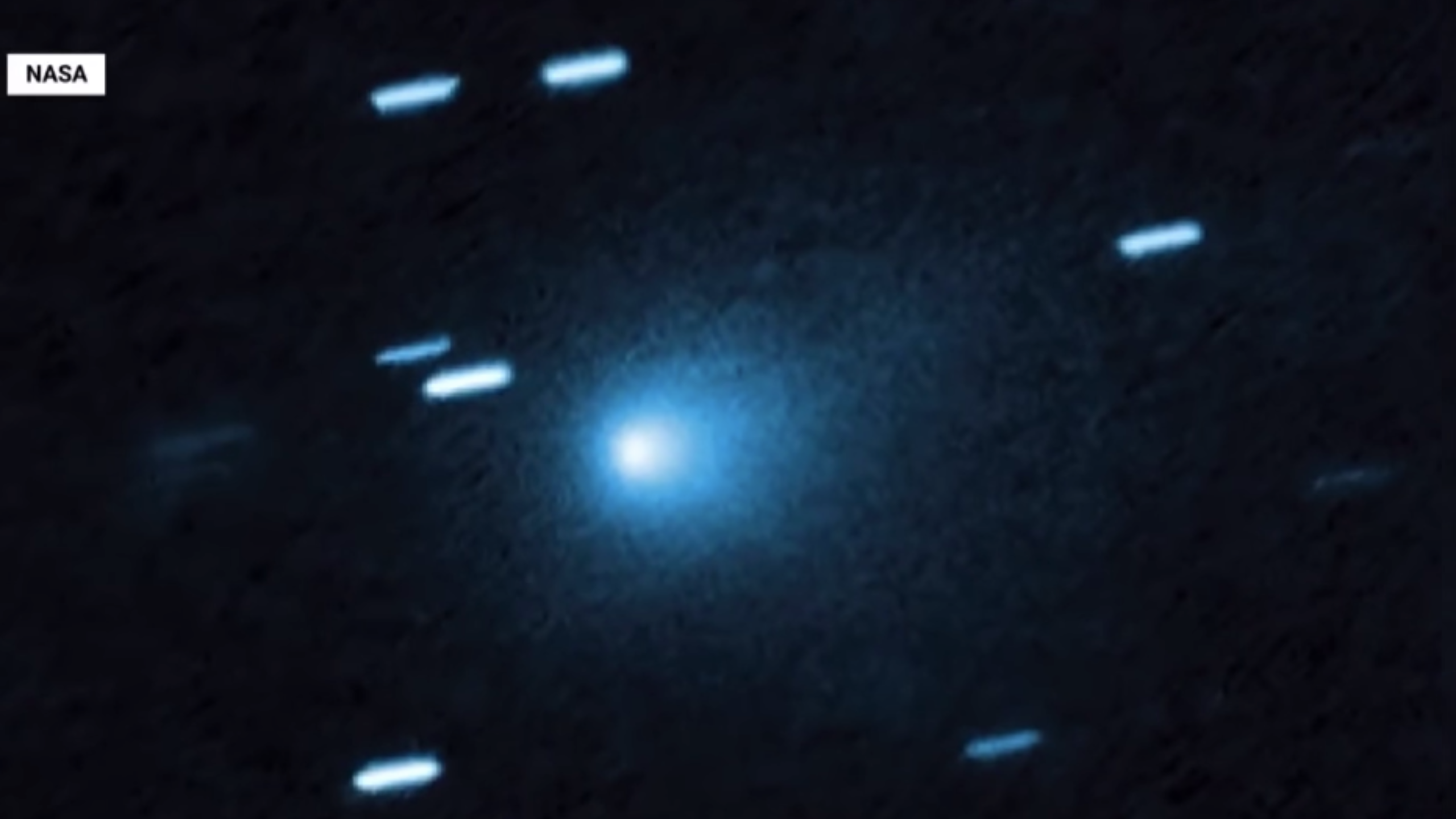Scientists studying the interstellar visitor 3I/ATLAS have acknowledged that its origins may remain a mystery indefinitely. Discovered on July 1, 2025, by the Asteroid Terrestrial-impact Last Alert System (ATLAS) telescope in Chile, 3I/ATLAS is distinguished by its highly hyperbolic orbital path, indicating that it is unbound by the Sun’s gravity and likely originated from beyond our Solar System. Despite extensive observations using advanced telescopes, researchers now concede that tracing its exact path back to its birthplace may prove impossible.
One of the significant challenges in tracking 3I/ATLAS’s journey lies in the vastness of the galaxy. The team behind a recent analysis noted that reconstructing its trajectory through the Milky Way over millions of years is “quite difficult to understand.” This interstellar object appears to have been ejected from its original star system billions of years ago and has likely encountered numerous stellar bodies since then. As one summary highlights, “Its unusually high excess velocity and active cometary nature make it a key probe… but its origin star is unknown.”
The Challenge of Tracing 3I/ATLAS’s Origins
The sheer number of stars it may have interacted with, combined with the gravitational disturbances it has likely experienced, further complicates any attempts to trace its origins. Although its birthplace remains elusive, 3I/ATLAS still provides valuable scientific data. Observations conducted by the James Webb Space Telescope (JWST) and other infrared instruments revealed that its coma, the cloud of gas and dust surrounding its nucleus, is primarily composed of carbon dioxide. Notably, the CO2/H2O mixing ratio is among the highest ever recorded in a comet.
In addition to its unique chemical composition, 3I/ATLAS is significantly larger and brighter than previous interstellar objects, making it an exceptional target for observation. According to a Live Science article, the comet is expected to pass inside the orbit of Mars and reach perihelion, its closest approach to the Sun, around late October 2025 before departing our Solar System entirely.
The core reason for the difficulty in tracing 3I/ATLAS’s origins is straightforward: the comet has traversed the galaxy for so long that its trail has effectively vanished. The original article from New Scientist indicates that scientists believe they may “never figure out where 3I/ATLAS came from.” Without an identifiable parent star and with a multitude of possible gravitational interactions, the comet’s history becomes irretrievably blurred.
Understanding Cosmic Mysteries Through 3I/ATLAS
One lead researcher noted that over millions of years, “an object could encounter spiral arms and all sorts of things that can really throw off its trajectory in the galaxy.” This analogy of a “ghost” aptly describes 3I/ATLAS—visible now, enigmatic, and then gone, leaving behind a trail of questions.
While it may never unveil its exact home star, 3I/ATLAS is poised to make a lasting impact on our understanding of the cosmos. As one astronomer aptly stated, the comet serves as “a time capsule from another system.” Its journey through our Solar System not only highlights the richness of our cosmic neighbourhood but also underscores the limitations of human knowledge. In this sense, like a ghost, 3I/ATLAS arrives, passes through, and ultimately disappears, provoking wonder and curiosity about the universe beyond our reach.







